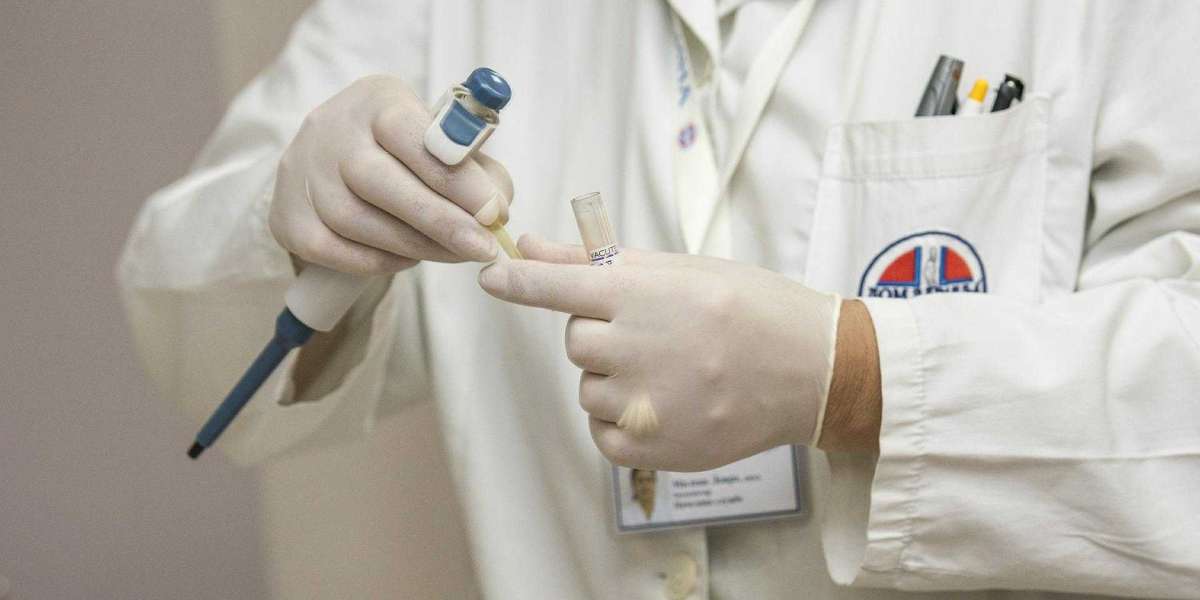It has been reported that more than 15 million people in the US suffer from AMD alone with 200,000 cases annually across North America. This indicates a high unmet need of patients thus, paving a way for aptamer-based solutions due to their advantages over traditional antibody-based therapies. This has led to rapid developments in the domain which can be attributed to various factors, such as number in the number of clinical trials, increased awareness about advantages offered by aptamers as compared to antibodies, rise in the investment in the pharmaceutical research and development, along with rise in prevalence of chronic and rare diseases have contributed to the increase in the demand for aptamers-based therapeutics and diagnostic solutions. Aptamers are developed through the SELEX process and over the years these have become primary tools for aptamer synthesis. To ensure the development of more effective aptamer-based therapies candidates, several players have developed novel aptamer technologies that can be used for research, drug delivery and diagnostic applications. At present, such technologies are widely being used for pathogen recognition, cancer recognition, monitoring environmental contamination, and as stem cell markers, which can help in both disease prevention and treatment.
To request a sample copy / brochure of this report, please visit
Over the past three decades, since the invention of SELEX by Larry Gold and Jack William in the 1990, the technology has seen several modifications to streamline and standardized aptamer-isolation process. These modifications substantially enhance efficiency / optimization to yield best possible aptamer or reduce the duration of the process. Other noteworthy developments in modifications of aptamers, include the addition of functional units of non-nucleic origin and nucleotide modifications, which further improves aptamer performance.
Steps involved in the SELEX process:
- Library Generation: Oligonucleotide library is created containing single-stranded nucleic acids having random sequences flanked by binding sites.
- Binding and Separation: Target molecule is incubated along with the oligonucleotide library allowing for nucleic acids to bind to them resulting in the formation of aptamers. The remaining unbound nucleic acids are filtered out of the solution and through the process of elution the bound nucleic acid is separated from the target.
- Amplification: The nucleic acids separated through the process of elution are then used to create a new library using the Polymerase Chain Reaction (PCR), this provides a new library that can be utilized for new round of SELEX thus, improving the quality of aptamers synthesized
Advantages of Aptamers
For many years, researchers have been raising and modifying antibodies to detect specific circulating proteins and develop targeted therapeutic agents. While antibodies are highly effective for a wide range of applications, there are unique aptamer advantages that can overcome some difficult scientific challenges.
- Targets small molecules: Flexibility of aptamers offer wider applications as they can be developed against molecules as small as 60 Daltons this means aptamers can target molecules that are ten times smaller than antibody targets. Currently, aptamers for small molecule drugs, peptides, dyes and viral particles have been developed successfully.
- Pursue toxic and non-immunogenic targets: Aptamer development process does not involve animals or living cells thus, making it possible to select aptamers for toxic compounds such as zootoxins and pathogenic bacteria. Additionally, aptamers do not require immune response and binding of tertiary aptamer structures to target molecules.
- Penetrate tissues and cells: Due to their small size (30-80 nucleotides), they have enhanced ability to penetrate tissues thus, allowing them to reach specific targets efficiently. Some aptamers are able to enter cells without external assistance.
For additional details, please visit:- https://www.rootsanalysis.com/reports/aptamers-therapeutics-technologies-and-services-market.html
You may also be interested in the following titles:
- Targeted protein degradation market, 2022-2035
- Gene Editing beyond CRISPR Market, 2022-2035
- Cell and Gene Therapy Bioassay Services Market, 2021-2030
Contact:
Ben Johnson
+1 (415) 800 3415
+44 (122) 391 1091
Facebook - https://www.facebook.com/RootsAnalysis
LinkedIn - https://www.linkedin.com/company/roots-analysis/mycompany/
Twitter - https://twitter.com/RootsAnalysis
Medium - https://medium.com/@RootsAnalysis
Pinterest - https://in.pinterest.com/RootsanalysisPin/_saved/


